POTTER, Mary
As Marian Anderson Attenborough, but called Mary, she was born at Beckenham, Kent on 9 April 1900, daughter of John Arthur Attenborough (31 December 1872-23 August 1940), a solicitor, and his wife Kathleen Mary née Doble (20 July 1872-12 December 1957), who married at Elm Road Church, Beckenham, Kent on 10 July 1896. In 1911, Mary was an 11-year-old, living at 9 Beckenham Road, Beckenham with her parents, 38-year-old John and 38-year-old Kathleen and her 9-year-old brother John Frederick. Mary was educated privately and studied at Beckenham School of Art in 1916 and at the Slade School of Fine Art 1918-1921 under Philip Wilson Steer and Henry Tonks (1862-1937), being awarded first prize for portrait painting and a place in a New English Art Club exhibition. Painter of landscapes, seascapes, still-life, interiors and portraits in oils and watercolours. Marian Attenborough married at Bromley, Kent on 7 July 1927, writer and humourist Stephen Meredith Potter (1 February 1900-2 December 1969) and had two sons, Andrew and Julian. Whilst living by the Thames in Chiswick from 1927, she began to dabble with the watery vision which she would explore for the rest of her life. An early member of the London Group of Artists, Mary Potter also showed allegiance to the Seven and Five Society of Artists. In 1939, Marian was a professional artist, living at 3 Worcester Road, Evesham, Worcestershire with her husband Stephen, who worked for the BBC and in 1951 the family moved to Aldeburgh, Suffolk living at The Red House and became close friends of composers Benjamin Britten and Peter Pears. Six years later, after the break-up of her marriage in 1955, Mary swapped houses with Britten and Pears, moving to Crag House on the sea front. The Suffolk in-shore fishing was to supply the inspiration for Mary’s finest art and at Crag House, apart from occasional holidays and visits from painter friends, such as Prunella Clough and John Piper (1903-1992), Mary used her isolation to continue thinning her paint and working on even larger canvasses. After six years, when Crag House had itself become too large for Mary to manage alone, Britten and Pears invited her back to The Red House to live in Red Studio in the grounds, a custom-built bungalow complete with a north-facing studio incorporating a large window designed especially for her, so giving her room to produce larger works. In lieu of rent she provided Britten and Pears with a sequence of paintings for their collection in The Red House. She exhibited with the Seven and Five Society of Artists in 1922 and 1923, at the New English Art Club from 1920 and with the London Group of Artists from 1927. Her first solo exhibition was at the Bloomsbury Gallery in 1931, though she remained unaligned with any artistic movement. She had regular shows with a succession of highly respected dealers, including Arthur Tooth Gallery, the Leicester Galleries and the New Art Centre and she exhibited a painting at the Royal Academy in 1963 which was purchased by the Academy under the terms of the Chantrey Bequest. Her work was exhibited at the Tate Gallery in 1980, at the Serpentine Gallery in 1981, also in the provinces and a prize winner at the John Moores Exhibition in 1981. She used light, pale-toned colour, and thin paint to depict ethereal, light suffused forms, she rarely painted a direct light source, preferring it diffused or reflected from a rough surface, or hovering in shadow, tending to mix white with her colours preferring them to be opaque and earthly. Her colours are offbeat, greens but with lilacs, salmon with grey, the tonal closeness of these hues allow warmer tints to glow, the cool to recede. Marian Anderson Potter died at Red Studio, Golf Lane, Aldeburgh on 14 September 1981. Her exhibited works include 'Head from Life', 'A Summer Sea' and 'A Bit of Old Bromley'.
Royal Academy Exhibits
from Crag House, Aldeburgh, Suffolk
1963 86 East Coast Window
Works by This Artist
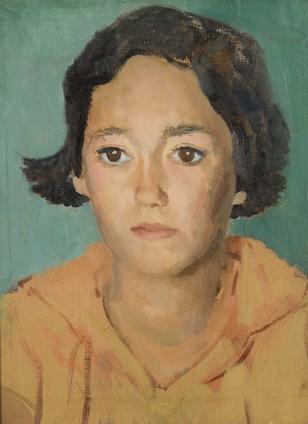
|
Portrait of Joscelyn FarjeonOil on canvas
|

|
JessamineOil on panel
|
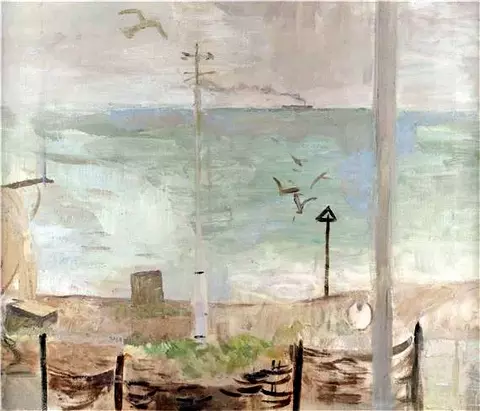
|
Aldeburgh BeachOil on canvas
|

|
Life StudyOil on canvas
|
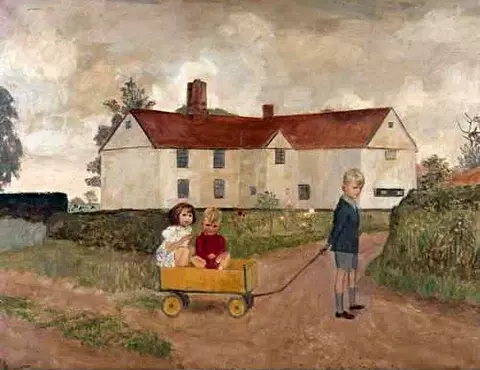
|
Thorpe Hall, Mendham, SuffolkOil on canvas
|
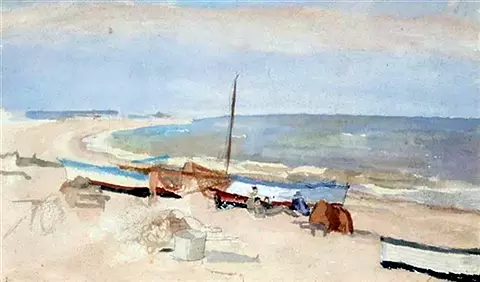
|
Beached BoatsOil on canvas
|
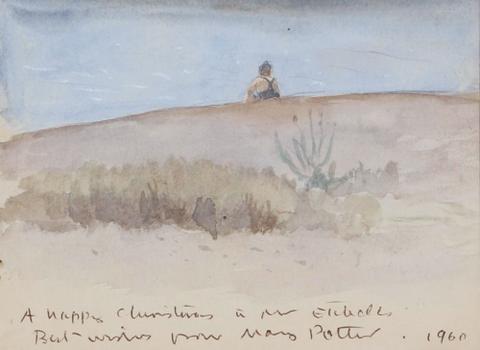
|
Study of Boy seated on Sand DunesWatercolour
|
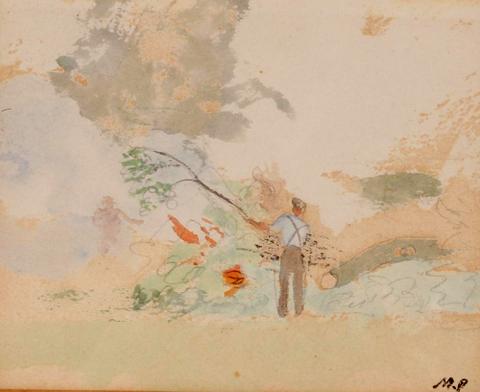
|
Study of a GardenerWatercolour
|
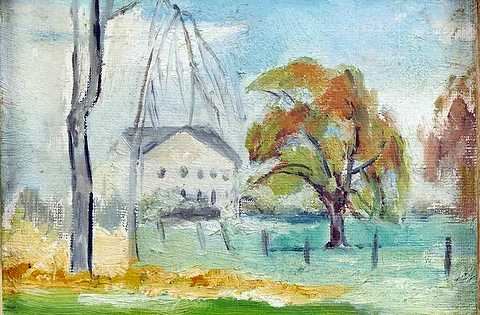
|
Sun in a TreeOil on board
|
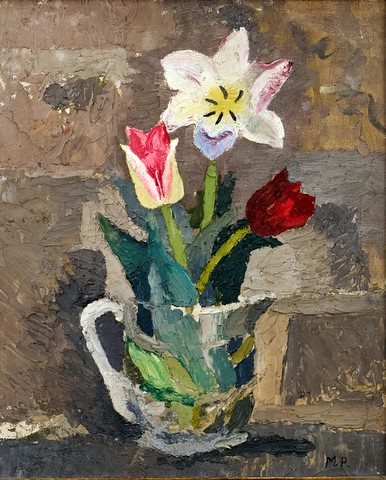
|
Still Life Spring FlowersOil on canvas
|